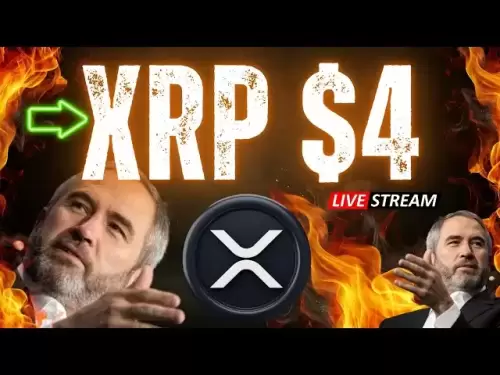-
 Bitcoin
Bitcoin $118300
-1.72% -
 Ethereum
Ethereum $3591
-0.69% -
 XRP
XRP $3.478
-3.53% -
 Tether USDt
Tether USDt $1.001
-0.01% -
 BNB
BNB $737.7
-0.54% -
 Solana
Solana $177.3
-2.40% -
 USDC
USDC $0.9999
-0.01% -
 Dogecoin
Dogecoin $0.2538
7.04% -
 TRON
TRON $0.3256
-0.85% -
 Cardano
Cardano $0.8332
-3.48% -
 Hyperliquid
Hyperliquid $44.80
-3.30% -
 Stellar
Stellar $0.4672
-6.09% -
 Sui
Sui $3.828
-5.98% -
 Chainlink
Chainlink $18.15
-3.41% -
 Hedera
Hedera $0.2655
-7.16% -
 Bitcoin Cash
Bitcoin Cash $517.5
-0.64% -
 Avalanche
Avalanche $23.89
-2.37% -
 Shiba Inu
Shiba Inu $0.00001519
-0.45% -
 UNUS SED LEO
UNUS SED LEO $8.973
0.13% -
 Toncoin
Toncoin $3.211
-2.54% -
 Litecoin
Litecoin $103.5
-3.58% -
 Polkadot
Polkadot $4.313
-3.90% -
 Uniswap
Uniswap $10.31
0.67% -
 Monero
Monero $325.4
-2.88% -
 Bitget Token
Bitget Token $5.049
3.51% -
 Ethena USDe
Ethena USDe $1.002
0.04% -
 Pepe
Pepe $0.00001346
-2.96% -
 Dai
Dai $0.9999
-0.02% -
 Aave
Aave $322.1
-2.93% -
 Bittensor
Bittensor $411.9
-4.70%
Computer Bitcoin Mining Tutorial
Understanding the components and setup of a Bitcoin mining system is crucial for efficiently maximizing your mining profitability and avoiding common pitfalls.
Jan 09, 2025 at 08:45 pm
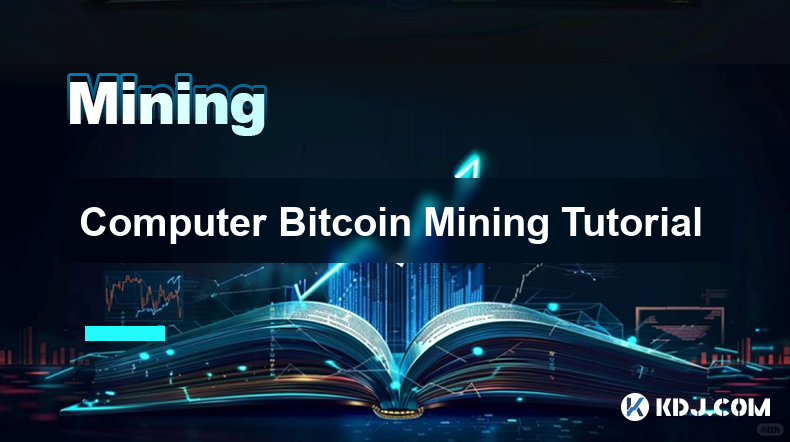
Key Points:
- Components of a Bitcoin Mining System
- Setting Up a Bitcoin Mining Rig
- Choosing the Right Mining Software
- Understanding Bitcoin Mining Difficulty
- Optimizing Mining Efficiency
- Common Mining Mistakes
Step-by-Step Tutorial:
1. Components of a Bitcoin Mining System
- Mining Rig: A specialized computer designed for Bitcoin mining, featuring powerful graphics cards (GPUs) or specialized mining chips (ASICs).
- GPU/ASIC: The core component of the mining system that performs the complex calculations required for mining.
- Motherboard: Connects the various components of the system and provides power.
- Power Supply Unit (PSU): Provides power to all components, ensuring stability and reliability.
- Cooling System: Essential for dissipating heat generated by the mining system.
2. Setting Up a Bitcoin Mining Rig
- Choose a spacious and well-ventilated area.
- Assemble the components of the mining rig following the motherboard manual.
- Install the mining software onto the operating system.
- Connect the rig to a stable power source.
- Configure the mining software with the necessary settings.
3. Choosing the Right Mining Software
- CGMiner: Open-source software with a user-friendly interface.
- BFGMiner: Comprehensive software offering advanced features and customization options.
- Awesome Miner: A graphical user interface that simplifies the management of multiple mining rigs.
- Consider factors such as compatibility with your mining hardware, ease of use, and support for different pools.
4. Understanding Bitcoin Mining Difficulty
- Difficulty is a measure of the computational power required to find a block.
- Adjusts automatically to maintain a consistent block time of approximately 10 minutes.
- As more miners join the network, difficulty increases.
- Choose a pool with a difficulty level that matches your mining power.
5. Optimizing Mining Efficiency
- Choose Efficient Components: Select hardware with the highest possible hashrate and lowest power consumption.
- Overclocking: Carefully adjust hardware settings to increase hashrate, but monitor for stability.
- Cooling Optimization: Ensure adequate airflow and cooling measures to prevent overheating.
- Pool Selection: Join a reputable pool with a large and stable hashrate.
- Cost-Benefit Analysis: Calculate the cost of mining versus the potential revenue to determine profitability.
6. Common Mining Mistakes
- Overspending on Hardware: Purchase only what is necessary to achieve a reasonable hashrate without breaking your budget.
- Ignoring Cooling: Inadequate cooling can damage components and reduce profitability.
- Joining the Wrong Pool: Choose a pool that aligns with your mining goals, such as size, difficulty, and fees.
- Overclocking Excessively: Pushing hardware beyond its limits can cause instability and shorten its lifespan.
- Not Monitoring the Rig: Regularly check the temperature, performance, and overall health of your mining system.
FAQs:
What is Bitcoin mining?
- The process of solving complex mathematical problems to verify Bitcoin transactions and earn rewards in the form of Bitcoin.
How does Bitcoin mining work?
- Miners use powerful computers to solve the complex algorithms required to validate transactions and add them to the Bitcoin blockchain.
What equipment do I need for Bitcoin mining?
- A mining rig consisting of a specialized computer, graphics cards/ASICs, motherboard, power supply, and cooling system.
Is Bitcoin mining profitable?
- Profitability depends on factors such as hardware costs, electricity rates, mining difficulty, and the price of Bitcoin.
What are the advantages of Bitcoin mining?
- Earn Bitcoin rewards, support the security of the Bitcoin network, and contribute to the decentralized nature of cryptocurrency.
What are the disadvantages of Bitcoin mining?
- Requires specialized equipment, can consume significant energy, and profitability may fluctuate with market conditions.
How can I maximize my mining profits?
- Optimize your mining rig for efficiency, choose the right mining software and pool, and carefully monitor your setup.
Disclaimer:info@kdj.com
The information provided is not trading advice. kdj.com does not assume any responsibility for any investments made based on the information provided in this article. Cryptocurrencies are highly volatile and it is highly recommended that you invest with caution after thorough research!
If you believe that the content used on this website infringes your copyright, please contact us immediately (info@kdj.com) and we will delete it promptly.
- Crypto Market Mania: Ethereum Surges, Trump's Company Cashes In!
- 2025-07-19 12:30:13
- NFT Trading, Users, and the Quest for a Comeback: What's the Deal?
- 2025-07-19 12:30:13
- Baby Sex: Unpacking the Influencing Factors and Birth Sex Trends
- 2025-07-19 12:50:13
- Satoshi Nakamoto, Bitcoin, and Bill Gates: A New World Order?
- 2025-07-19 13:15:12
- Trump's GENIUS Act: A New Era for Stablecoin Regulation?
- 2025-07-19 12:50:13
- Render Crypto, DePIN, and GPU Rendering: The Future is Now, Baby!
- 2025-07-19 12:55:13
Related knowledge
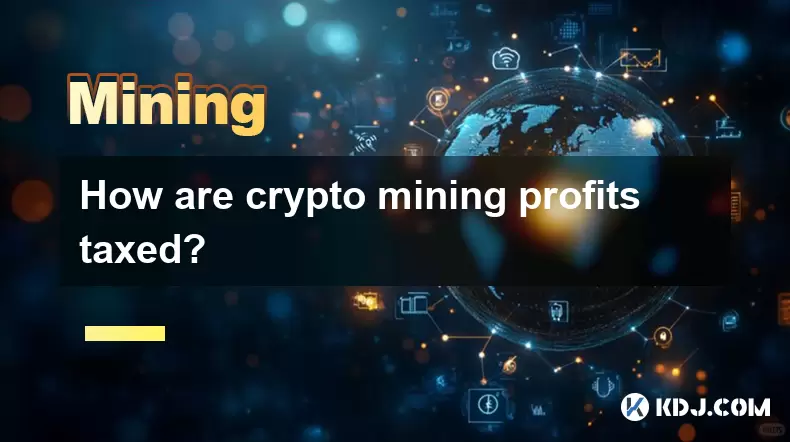
How are crypto mining profits taxed?
Jul 14,2025 at 12:28am
Understanding Cryptocurrency Mining and TaxationCryptocurrency mining involves validating transactions on a blockchain network and earning rewards in ...
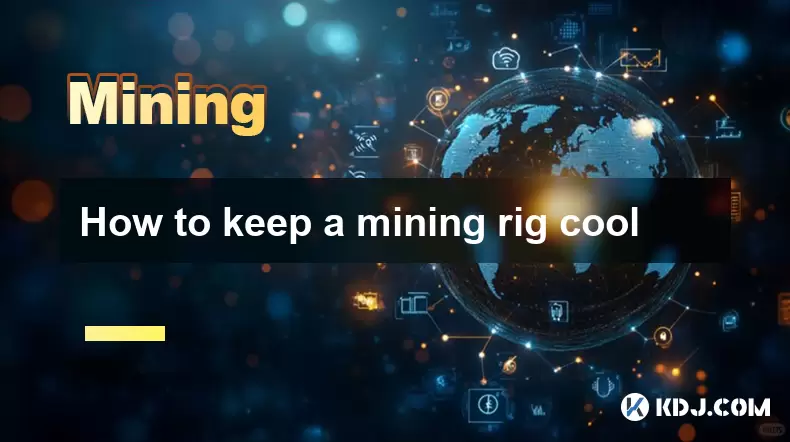
How to keep a mining rig cool
Jul 12,2025 at 01:42pm
Understanding the Importance of Cooling in Mining RigsCryptocurrency mining is an intensive process that places heavy demand on hardware components, p...
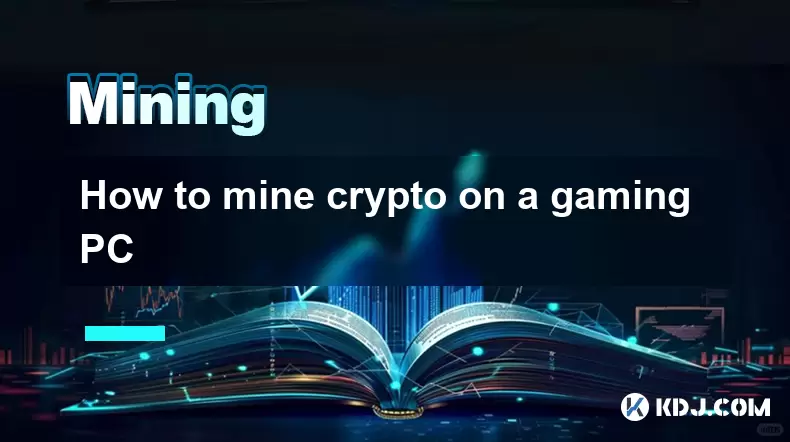
How to mine crypto on a gaming PC
Jul 16,2025 at 12:00pm
What is Crypto Mining on a Gaming PC?Crypto mining involves using your computer's processing power to validate transactions on a blockchain network. A...
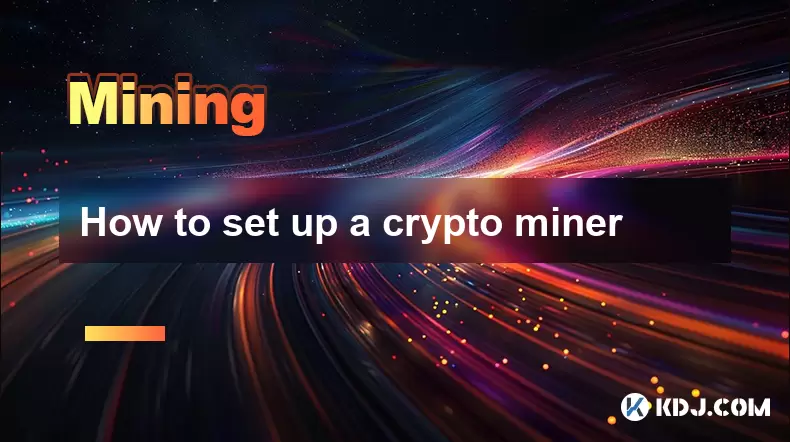
How to set up a crypto miner
Jul 16,2025 at 09:14am
Understanding Ethereum Gas Fees: What Are They and How Do They Work?Ethereum gas fees are a fundamental aspect of the network, representing the cost r...
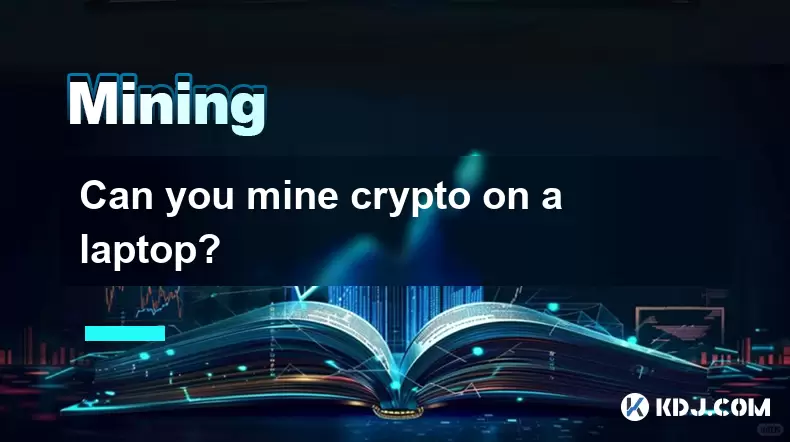
Can you mine crypto on a laptop?
Jul 16,2025 at 02:21am
Is It Feasible to Mine Cryptocurrency on a Laptop?Mining cryptocurrency on a laptop is technically possible, but feasibility depends heavily on the ha...
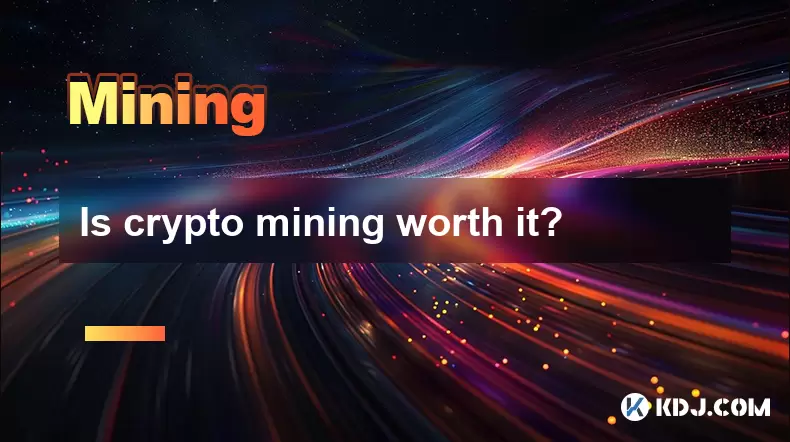
Is crypto mining worth it?
Jul 16,2025 at 01:21am
Understanding the Basics of Crypto MiningCrypto mining refers to the process of validating transactions on a blockchain network by solving complex mat...

How are crypto mining profits taxed?
Jul 14,2025 at 12:28am
Understanding Cryptocurrency Mining and TaxationCryptocurrency mining involves validating transactions on a blockchain network and earning rewards in ...

How to keep a mining rig cool
Jul 12,2025 at 01:42pm
Understanding the Importance of Cooling in Mining RigsCryptocurrency mining is an intensive process that places heavy demand on hardware components, p...

How to mine crypto on a gaming PC
Jul 16,2025 at 12:00pm
What is Crypto Mining on a Gaming PC?Crypto mining involves using your computer's processing power to validate transactions on a blockchain network. A...

How to set up a crypto miner
Jul 16,2025 at 09:14am
Understanding Ethereum Gas Fees: What Are They and How Do They Work?Ethereum gas fees are a fundamental aspect of the network, representing the cost r...

Can you mine crypto on a laptop?
Jul 16,2025 at 02:21am
Is It Feasible to Mine Cryptocurrency on a Laptop?Mining cryptocurrency on a laptop is technically possible, but feasibility depends heavily on the ha...

Is crypto mining worth it?
Jul 16,2025 at 01:21am
Understanding the Basics of Crypto MiningCrypto mining refers to the process of validating transactions on a blockchain network by solving complex mat...
See all articles

























